SAFE-T Decarbonization Resources
Scope 1, 2, and 3 Emissions and Alternative Fuels
Scope 1, 2, and 3 Greenhouse Gas Emissions
Calculating Scope 1, Scope 2 and Scope 3 emissions enables organizations to understand their total greenhouse gas footprint, emissions over their full value chain, and clearly identify efficiency and emissions reduction opportunities.
Scope 1 covers direct GHG emissions from sources owned and operated by the organization. These may include stationary combustion sources, mobile combustion sources, and fugitive emissions from organization facilities.
Scope 2 emissions are indirect emissions that result from organizational purchases of electricity, heat, cooling, or steam.
Scope 3 emissions are indirect emissions, generated by all other organisational activities, and also account for emissions across the life cycle of the product. The range of activities that falls under Scope 3 is broad, and includes purchased goods and services, data services, employee transit and travel, upstream sources of emissions, waste generation, and end of life treatment of products. The full list of categories covered by Scope 3 is:
- Purchased goods and services
- Capital Goods
- Fuel and energy (not in Scope 1 or 2)
- Upstream transportation and distribution
- Waste generated in operations
- Business Travel
- Employee Commuting
- Upstream leased assets
- Downstream transportation and distribution
- Processing of sold products
- Use of sold products
- End of life treatment of sold products
- Downstream leased assets
- Franchises
- Investments
Alternative Marine Fuels
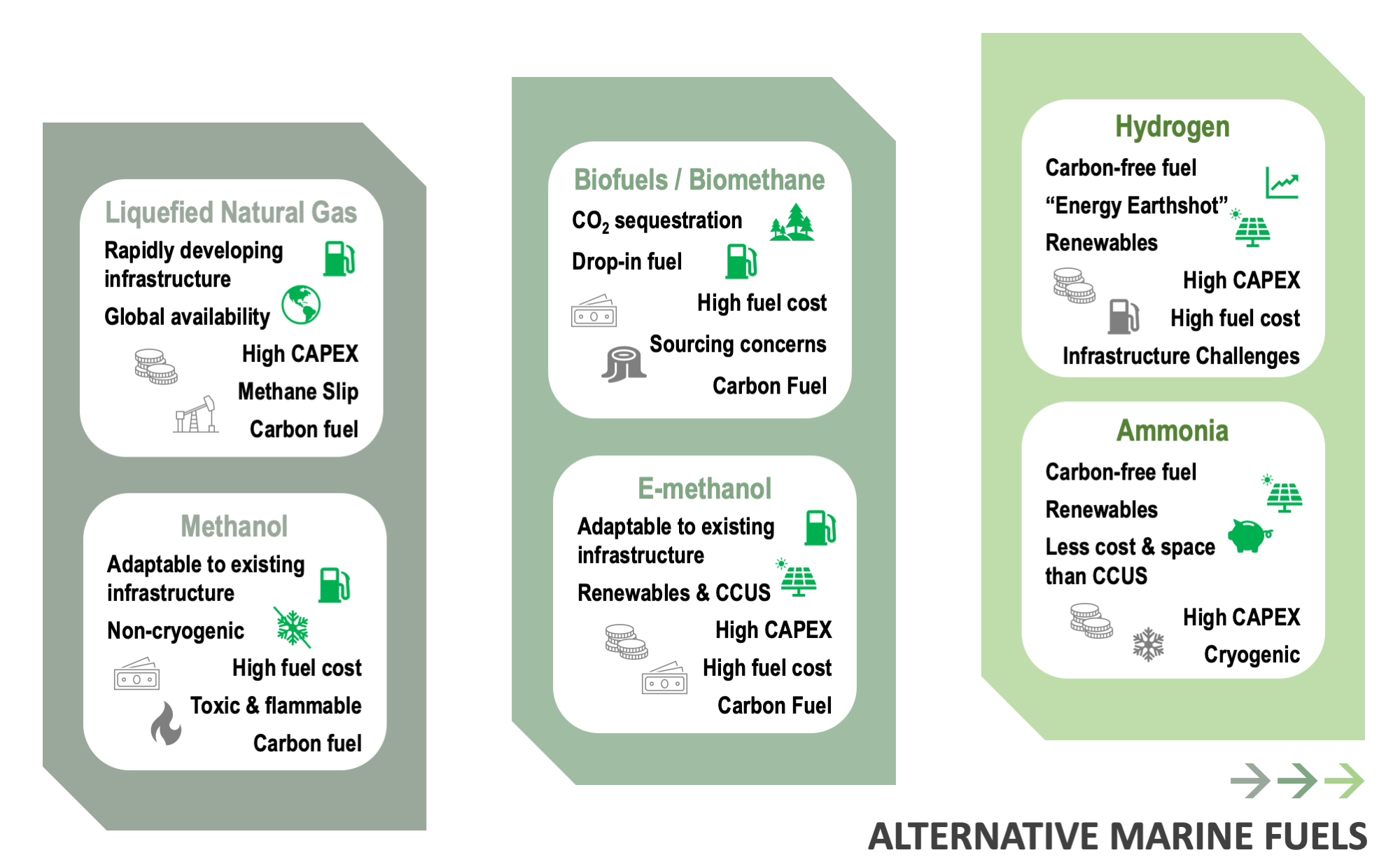
Alternative fuels are one pathway to meeting International Maritime Organization (IMO) greenhouse gas (GHG) targets and can reduce emissions of criteria pollutants, in some cases (e.g., SOx, NOx, PM). Marine vessels conventionally use heavy fuel oil (HFO) or low-sulfur HFO (LSHFO, 0.5% S), marine diesel oil (MDO), and/or marine gas oil (MGO, 0.1% S).
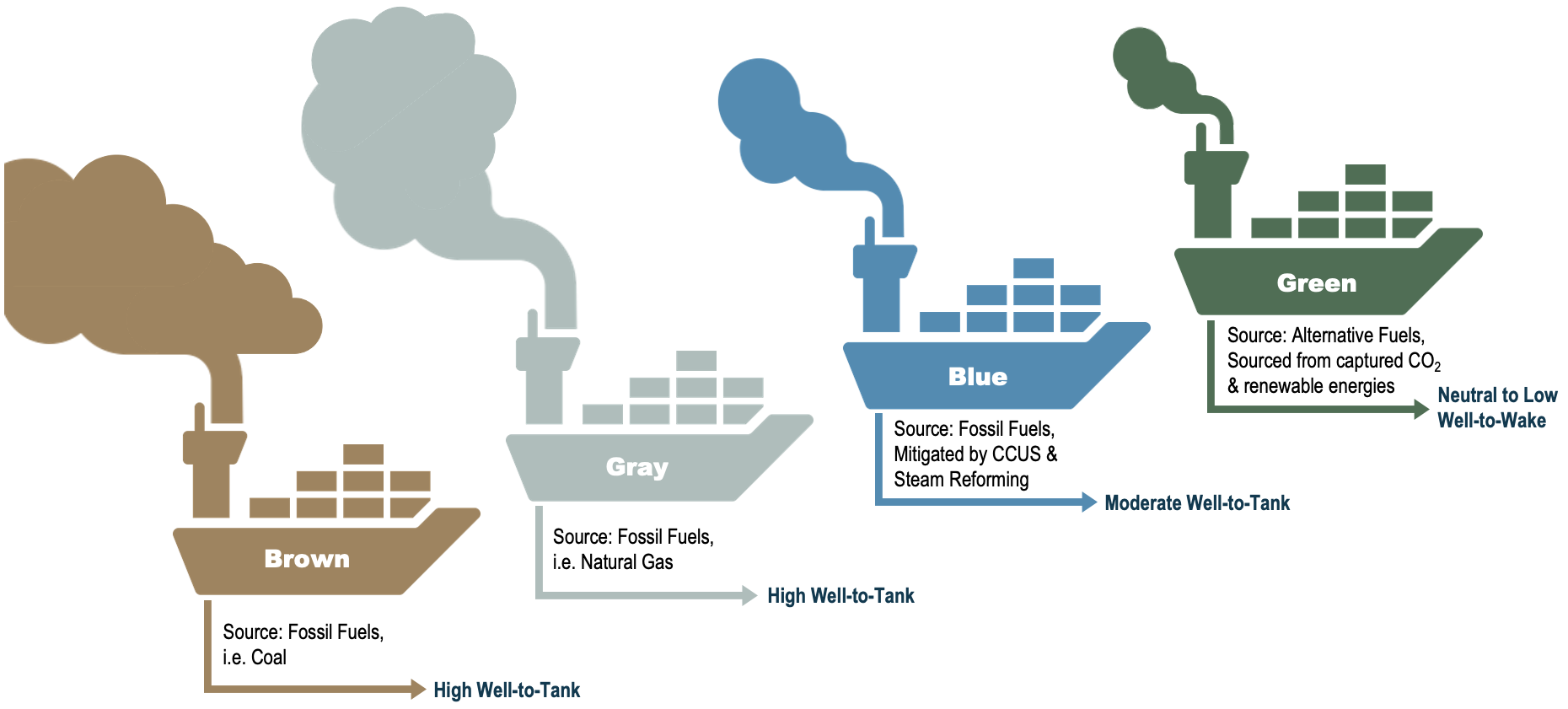
New fuels including hydrogen, ammonia, methanol, and biofuels can improve carbon-based emissions but will have varying emissions of sulfur oxides (SOx), nitrogen oxides (NOx: NO2 and NO), particulate matter (PM), and other pollutants. The fuel production pathway (Brown, Grey, Blue, Green) for alternative marine fuels determines the upstream, well-to-tank, carbon intensity of the fuel, in addition to tank-to-wake emissions from the vessel and is a critical factor to consider in alternative fuel decision-making.
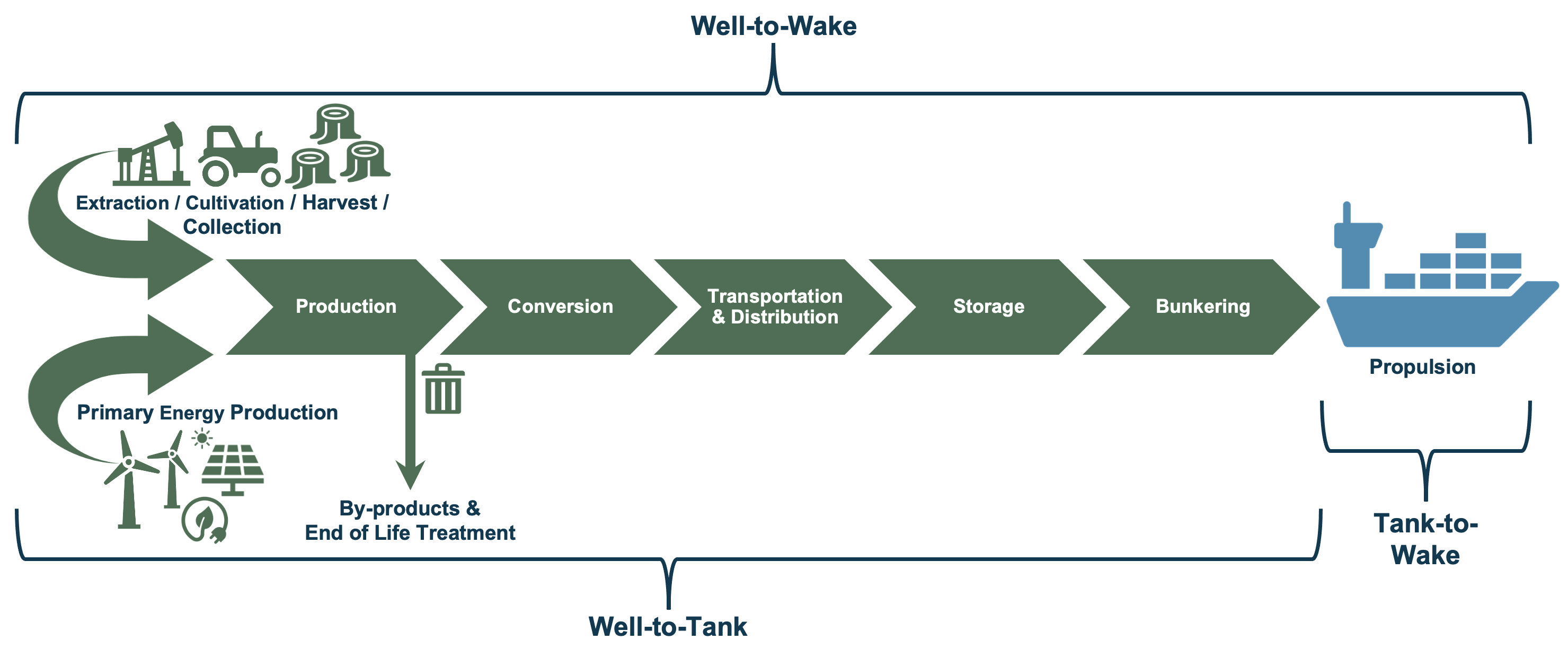
Alternative Fuels
Hydrogen, typically in liquid form, can be used within modified internal combustion engines, but fuel cells are the most efficient technology for extracting energy from liquid hydrogen. Liquid hydrogen must be stored under cryogenic conditions at around -253℃.
Around 95% of current hydrogen production is so-called gray hydrogen, produced from fossil fuels (mainly natural gas), and has a high carbon intensity. Blue hydrogen, which uses carbon capture and sequestration technologies, and green hydrogen, produced from water using renewable energy, are receiving considerable attention.
The cost of green hydrogen is high, and green hydrogen is currently not produced in large enough quantities to scale commercially for the maritime industry.
- Brown Hydrogen uses coal feedstocks and has the highest life cycle GHG emissions from hydrogen.
- Grey Hydrogen uses natural gas feedstocks and has lower life cycle GHG emissions than brown hydrogen.
- Blue Hydrogen uses natural gas feedstocks with carbon capture and sequestration, and has lower life cycle GHG emissions than grey hydrogen.
- Green Hydrogen is produced using renewable energy electricity sources (solar, wind, geothermal, hydro) and has low life cycle GHG emissions.

Ammonia is more energy dense than hydrogen and can be directly used as a fuel in engines similar to existing marine diesel engines. It is a carbon-free fuel at combustion, although NOx emissions are high and require mitigation. From a safety perspective ammonia is a toxic gas, requiring special handling and safeguards on board vessels.
Ammonia is derived from hydrogen via the Haber-Bosch process, therefore the hydrogen production pathway (brown, gray, blue, green) influences the life-cycle greenhouse gas emissions from ammonia production. The ammonia production industry is well-established, with approximately 175 million tonnes/year produced globally, primarily for agricultural (e.g., fertilizers) and industrial purposes. Due to ammonia’s long history of production, transport, storage, and research, it is potentially a cost-efficient alternative to conventional maritime fuels.
Expansion of green hydrogen production from renewable sources is critical step for ammonia decarbonization. If the production of ammonia is not decarbonized upstream carbon emissions can offset downstream savings on a life cycle basis.
- Brown Ammonia is produced using hydrogen from coal feedstocks and has the highest life cycle GHG emissions from ammonia.
- Grey Ammonia is produced using hydrogen from natural gas feedstocks and has lower life cycle GHG emissions than brown ammonia.
- Blue Ammonia is produced using hydrogen from natural gas feedstocks with carbon capture and sequestration and has lower life cycle GHG emissions than grey ammonia.
- Green Ammonia is produced using hydrogen from renewable energy electricity sources and has low life cycle GHG emissions.
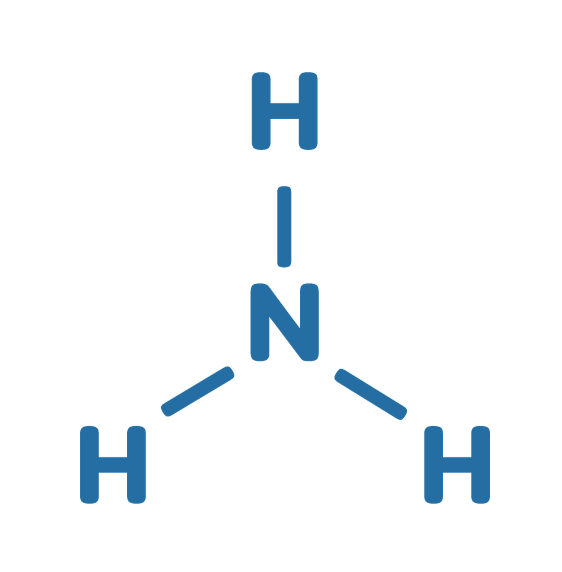
Methanol’s carbon emissions can be high, if not produced via low carbon pathways. Methanol can be transported and stored using existing infrastructure, with low-cost modifications to accommodate methanol’s lower viscosity, as well as fire detection and suppression systems capable of detecting methanol fires.
E-methanol is a liquid fuel that requires minor modifications to be gradually transitioned into fuel infrastructure by blending with conventional fuels. E-methanol, which has the lowest overall carbon emissions, is produced using green hydrogen and carbon dioxide sourced from carbon capture technologies. Methanol can be stored at atmospheric temperature and pressure, unlike ammonia or hydrogen fuels. Methanol requires significant improvements to green hydrogen sourcing and carbon-capture technology to be a cost-effective, low GHG alternative fuel.
E-methanol, which has the lowest overall carbon emissions, is produced using green hydrogen and carbon dioxide sourced from carbon capture technologies. The price of E-methanol is higher than ammonia due to the high cost of separating carbon dioxide, requiring significant improvements in carbon capture technology.
- Bio-Methanol is produced from biomass feedstocks and has low life cycle GHG emissions.
- Brown Methanol is synthesized from hydrogen derived from coal gasification and has high life cycle GHG emissions.
- Grey Methanol is synthesized from hydrogen derived from natural gas reformaation and has lower life cycle GHG emissions than brown methanol.
- E-Methanol is synthesized using hydrogen from renewable energy electricity sources and has low life cycle GHG emissions.
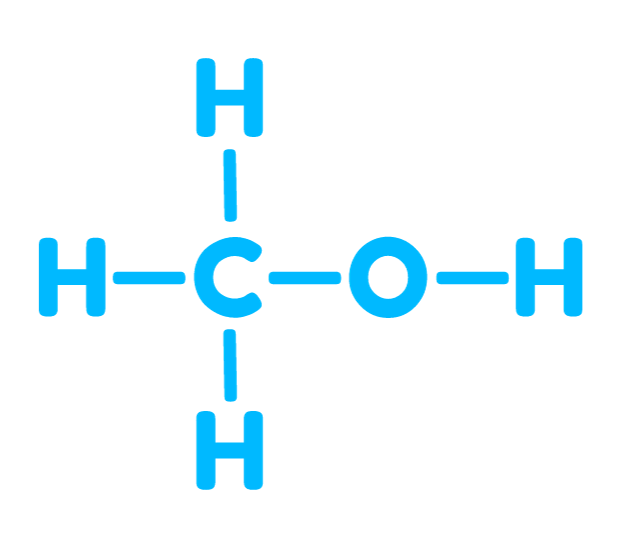
Biofuels are currently and often blended with traditional bunker fuels to improve emissions profiles. Hydrocarbon-biofuels are almost identical to the petroleum-based fuels that they replace, with comparable safety protocols, combustion profiles, and handling characteristics. Biofuels are generally sulfur-free, but their combustion results in carbon and NOx emissions.
Biofuels used in combination with carbon-capture technology can significantly reduce GHGs. Non-blended use of biofuels, such as biomethanol, have a less polluting lifecycle than blends with conventional fuels. However, sourcing the necessary quantities of biowaste against inter-sectoral competition is a limiting factor, even in blended capacities. There are also concerns about the sustainability of biofuel feedstock harvest, including impacts to habitat, biodiversity, and carbon sequestration.
- Biodiesel is produced from renewable sources of vegetable oils, animal fats, or other bio-oil sources. It exhibits lower lifecycle emissions compared to conventional fuels, primarily due to carbon sequestration of its source material.

Conventional Hydrocarbon Fuels
Heavy fuel oil is a residual oil derived from the crude oil refining process, with low cost and high energy density. It has high carbon intensity and lifecycle emissions, with notably high levels of SOx. Sulfur content of HFO is > 0.5% S. Due to its viscosity, it must be heated during storage to be suitable to pump through fuel systems before combustion.

Marine Diesel Oil is a blended distillate hydrocarbon fuel, which can be sold with various sulfur levels and has high lifecycle carbon emissions. Typically MDO sulfur content is > 0.5% S. It can be sold as a blend of HFO. MDO is less viscous and does not have to be heated during storage, unlike HFO. It has the high carbon intensity of a conventional fuel.

Marine Gas Oil is a hydrocarbon distillate fuel refined from crude oil. It can be sold with various sulfur levels, but is typically sold as an ultra low sulfur fuel (≤ 0.1% S). It does not have to be heated during storage, unlike HFO. It has the high carbon intensity and lifecycle emissions of a conventional fuel.

Liquefied natural gas is a liquid hydrocarbon fuel with lower CO2, SOx, and NOx emissions compared to conventional fuels at combustion. Natural gas is liquefied under cryogenic conditions to allow for 600x greater storage volume. It is has by high lifecycle emissions, largely due to methane emissions during operation and leaks during production, processing, storage, and transport.

Very Low Sulfur Fuel Oil (VLSFO) are fuels with a sulfur content compliant with the IMO 2020 global sulfur cap, with a sulfur content ≤ 0.5% S


